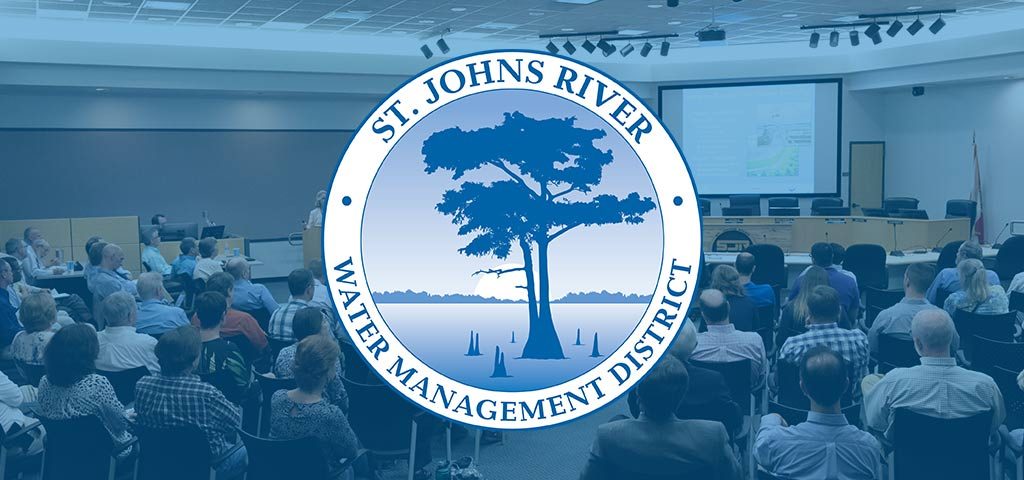Water Management Districts, State continue collaboration to secure Florida’s water supply

MAITLAND, Fla., Oct. 10, 2017 — The Central Florida Water Initiative (CFWI) estimates central Florida will need an additional 250 million gallons of water per day by 2035 to meet the demands of a growing population. An update on the CFWI’s work to meet that demand through increased water conservation and alternative water sources was presented today to the St. Johns River Water Management District’s Governing Board.
“Water conservation is the least expensive way to help meet a portion of our future needs,” said St. Johns River Water Management District Executive Director Dr. Ann Shortelle. “We commend the efforts of residents, local governments and all water users who make water conservation a year-round priority. No action is too small.”
“The District has worked collaboratively with the Polk Regional Water Cooperative to identify and cooperatively fund three potential alternative water supply projects expected to produce 30 million gallons per day by 2035,” said Southwest Florida Water Management District Executive Director Brian Armstrong. “We also are working diligently to ensure an emphasis on conservation throughout Polk County.”
“Our District is also working with Polk County and all our partners within the CFWI in the development of alternative water supply sources,” said Dan O’Keefe, Governing Board Chairman of the South Florida Water Management District. “We are enthusiastic about these and other projects on the horizon which hold the promise of providing abundant water supplies in a way that protects Central Florida’s environment.”
Knowing that water conservation and alternative water sources are critical elements, the CFWI has identified 150 project options that will help achieve needed water savings. Three of these projects, located in Osceola and Polk counties, were recently approved for funding consideration; a brief project summary was shared with the governing board.
Other additional updates on the CFWI’s progress were presented, including:
- Confirmed stakeholder approval for methodologies, with development of water use projections underway.
- Development of an updated groundwater model to improve the accuracy of analysis is also underway, as well as the building of a database and identification of water monitoring locations.
- An overview of work to establish water management district rules and regulations that address water conservation, public water supply and agricultural demands.
- Calculations on water conservation savings and completion of a water conservation implementation strategy outline.
- Public workshops were held during 2017 by the Florida Department of Environmental Protection to engage the community and other stakeholder groups in the process of establishing consistent water use permitting rules within CFWI.
Multiple agencies presented updates and information at the meeting, including the Florida Department of Environmental Protection, the South Florida Water Management District, the Southwest Florida Water Management District and the St. Johns River Water Management District.

